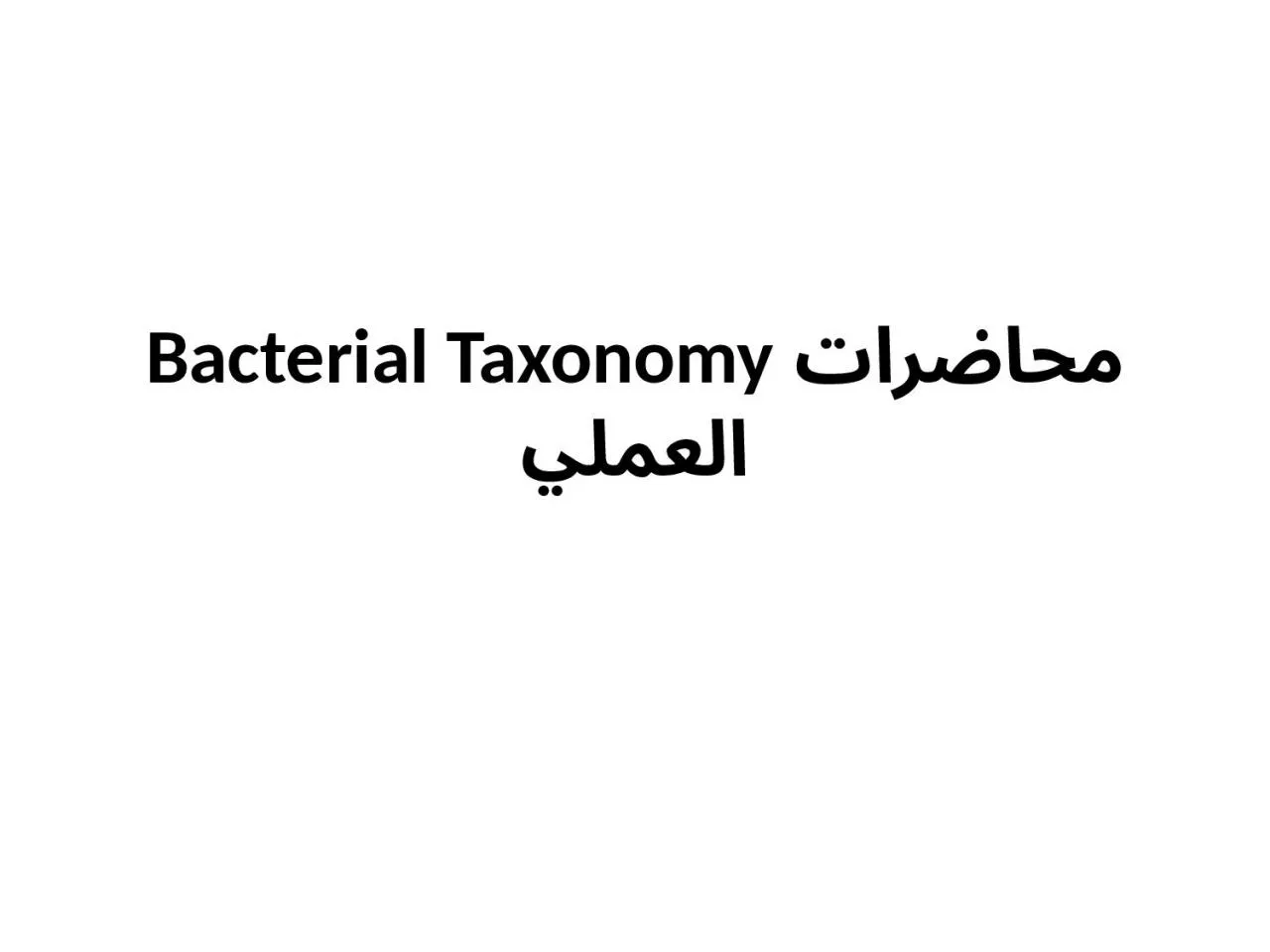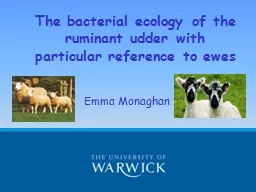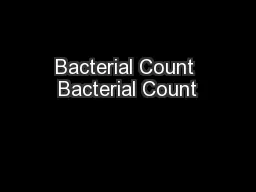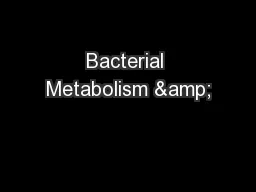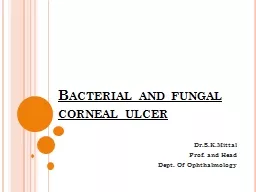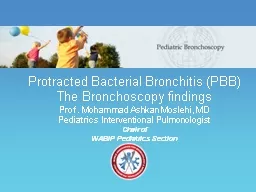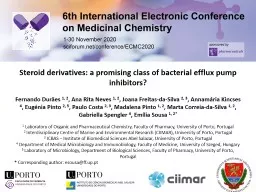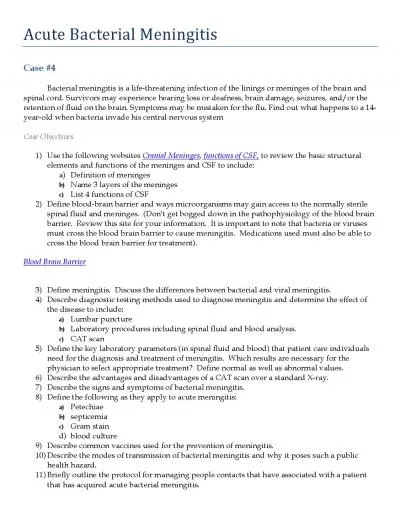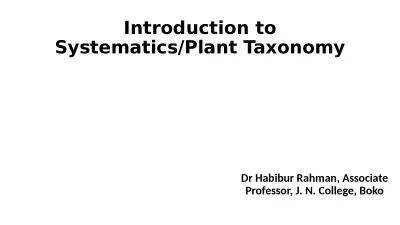PPT-محاضرات Bacterial Taxonomy
Author : FriendlyFlamingo | Published Date : 2022-08-03
العملي Lab 1 2 Bacterial Taxonomy Bacteria are classified and identified to distinguish among strains and to group them by criteria of interest to microbiologists
Presentation Embed Code
Download Presentation
Download Presentation The PPT/PDF document "محاضرات Bacterial Taxonomy" is the property of its rightful owner. Permission is granted to download and print the materials on this website for personal, non-commercial use only, and to display it on your personal computer provided you do not modify the materials and that you retain all copyright notices contained in the materials. By downloading content from our website, you accept the terms of this agreement.
محاضرات Bacterial Taxonomy: Transcript
Download Rules Of Document
"محاضرات Bacterial Taxonomy"The content belongs to its owner. You may download and print it for personal use, without modification, and keep all copyright notices. By downloading, you agree to these terms.
Related Documents

